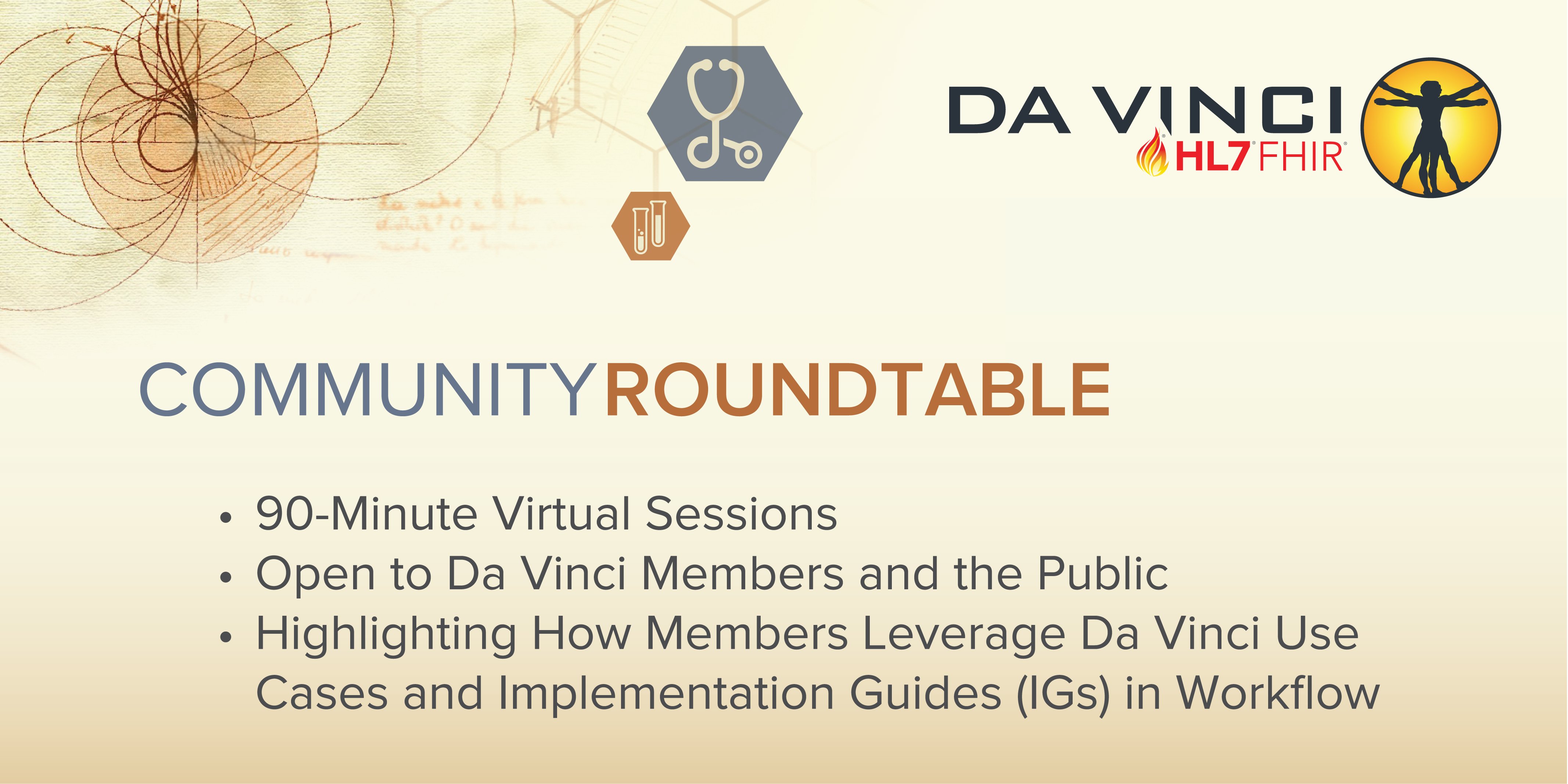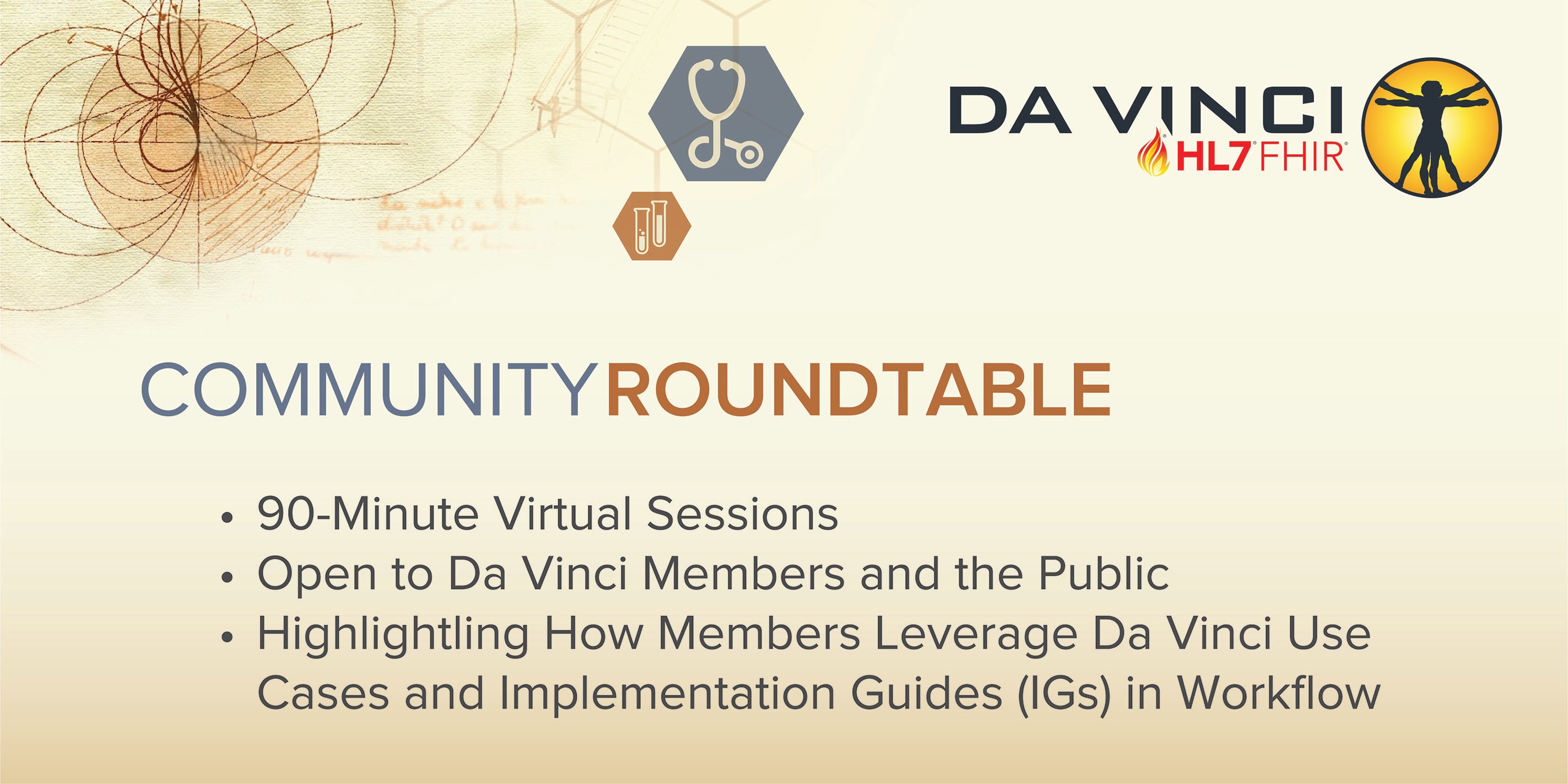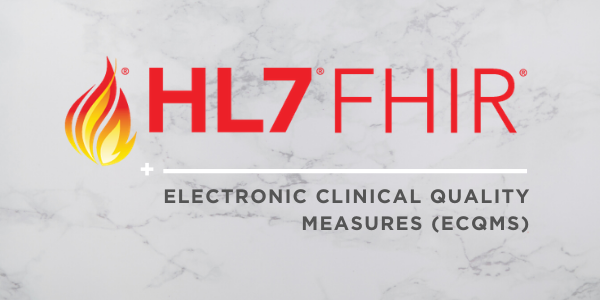2023 Accomplishments Position Industry for Year Ahead
Substantial progress has been made this year on HL7 Da Vinci Project Implementation Guides (IGs), which describe how to use HL7’s Fast Healthcare Interoperability Resources (HL7 FHIR®) standard for exchanging data to support value-based healthcare and implementations of the guides.
Sizing Up Accomplishments
At the December Da Vinci Community Roundtable, Hans Buitendijk, Da Vinci Project Steering Committee Vice Chair, reviewed progress this year and offered an outlook for 2024.
“We have a number of organizations across the spectrum that have adopted one or more of our [FHIR implementation] capabilities. … That's fantastic in the short number of years that this initiative started to look at what is necessary to make it happen,” Buitendijk said.
“We currently have about eight publishing updates that have been accomplished and quite a few ballot processes that are in flight and being planned for, and there is a good amount of commitment to making this happen. So, we really need to be proud of what we have achieved to date, and particularly in the last year.”
In the year ahead, alignment with emerging regulations, including the final CMS Interoperability Rule, will be a top priority, he pointed out.
Interoperability efforts must go beyond a general set of data to ensure adequate support for public health, research, quality measures and more, he added. “We are all going to impact the ability and the opportunity to share more data over time,” he said.
The key to advancing interoperability by leveraging FHIR, he stressed, is to involve many different parties and develop “the same language where we have a minimum set of capabilities that everybody can support, and leaving room … to grow, to explore, to define new things.”
He also pointed out: “We must continuously raise the bar for what we can exchange and determine what is relevant across many different stakeholders that we should all do in the same way … because the data that we have covered so far is still only a part of the variety of data exchanges that are relevant and can benefit from improvements."






